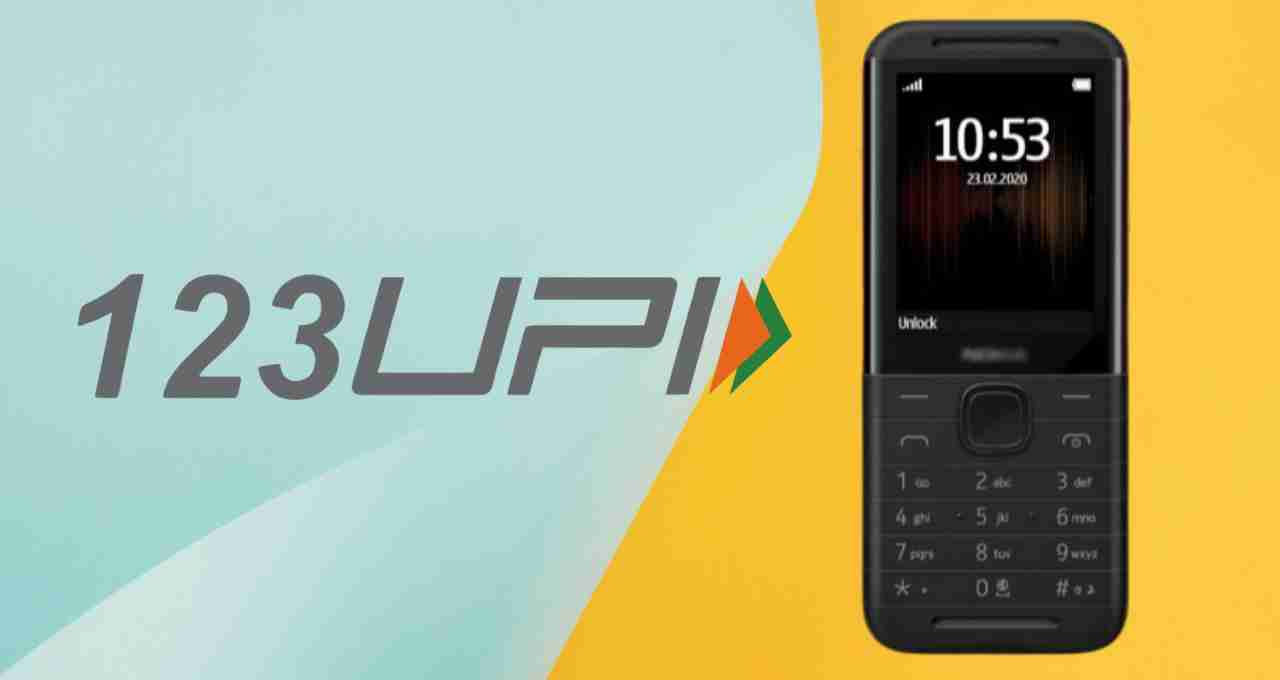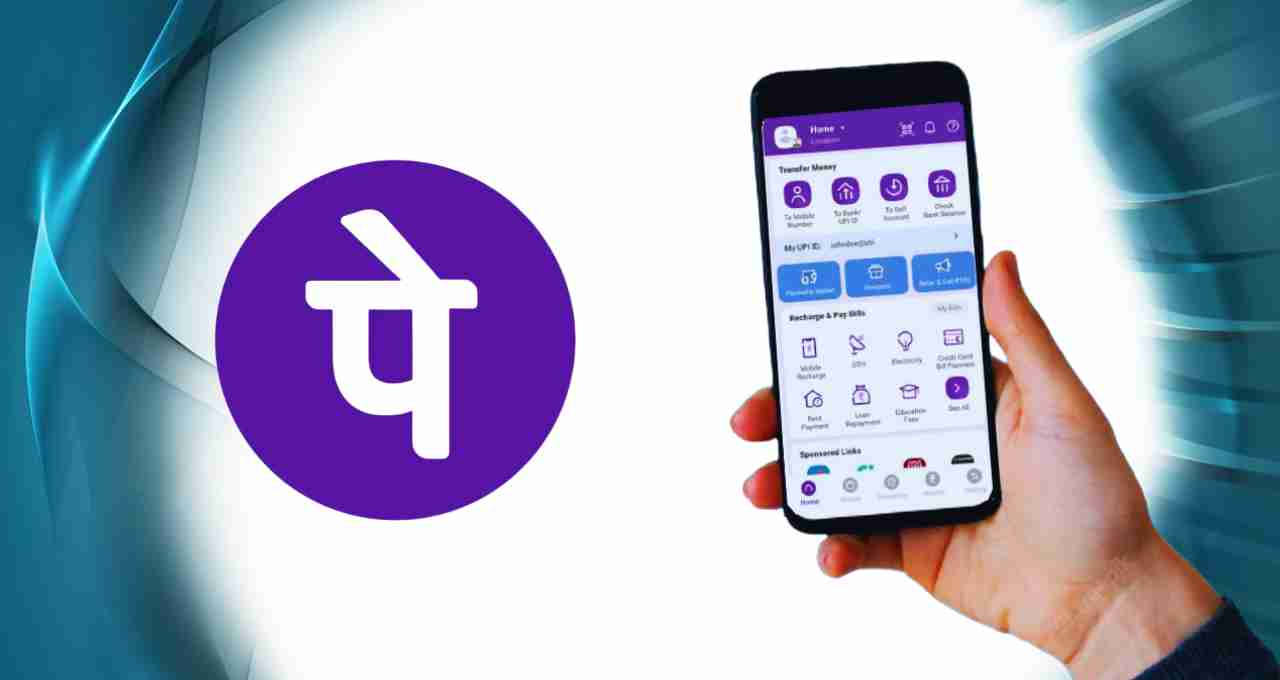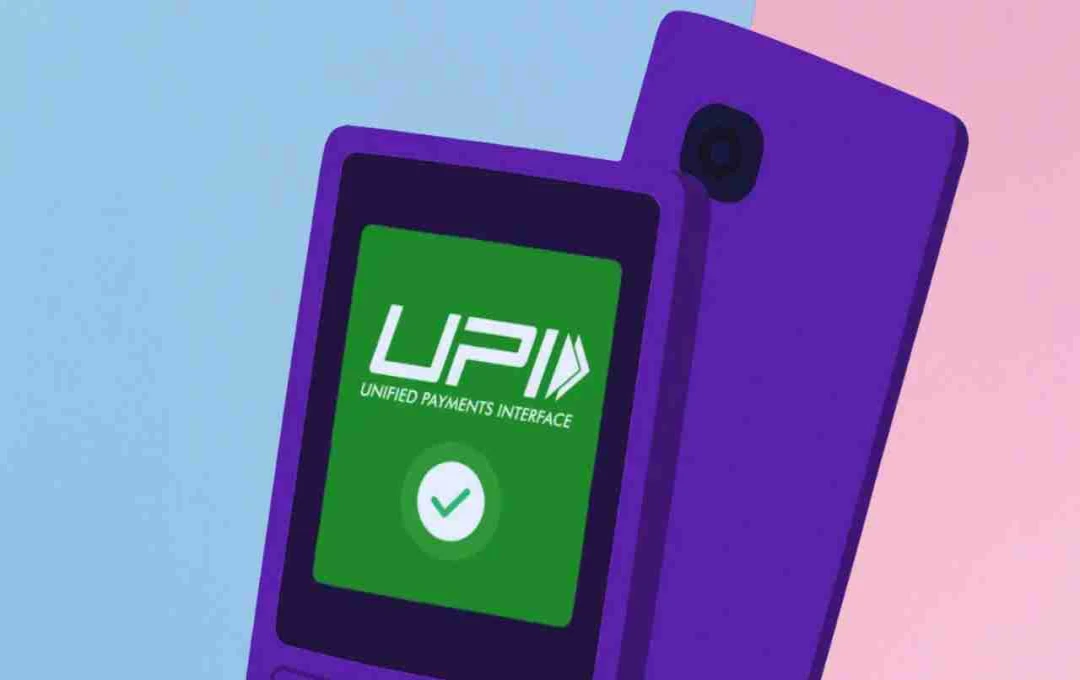PhonePe has launched a UPI app for feature phones that works without internet connectivity, making digital payments easier and more accessible to everyone.
While digital payments are rapidly gaining popularity in India, a significant portion of the population still relies on feature phones. Limited or no internet connectivity prevents these users from accessing smartphone-based payment apps. Addressing this challenge, PhonePe, a leading digital payments company, is launching a UPI payment app for feature phone users that requires no internet connection. This move will further enhance financial inclusion in India.
PhonePe's New UPI Solution for Feature Phone Users
PhonePe announced a new payment solution based on NPCI's (National Payments Corporation of India) UPI 123Pay technology, specifically designed for feature phone users. This technology enables UPI payments without an internet connection. It leverages Gupshup's GSPay platform, whose intellectual property (IP) PhonePe recently acquired.
Gupshup launched GSPay in 2023, offering an SMS-based payment experience targeting feature phone users. PhonePe will customize this technology to create a new, improved UPI app offering offline payments, P2P transfers, and QR code-based payments.
What is UPI 123Pay Technology?

UPI 123Pay is a real-time payment solution designed for users without smartphones or internet access. It utilizes basic mobile phone features and requires no internet connection.
UPI 123Pay offers payment options through four different methods:
- IVR Call: Users can make payments by calling an interactive voice response number.
- App-Based Service: Payments can be made through an app even on phones with limited features.
- Missed Call-Based Payment: Payments can be initiated via a missed call without completing the call.
- Sound-Based Proximity Payment: Sending and receiving payments using sound signals.
PhonePe's Plan and Features
PhonePe's new feature phone UPI app will offer several useful features. Users can make P2P transfers, sending money directly to friends and family. The app will also support offline QR code payments, simplifying payments for merchants.
Importantly, users can receive money via mobile number or self-generated QR codes, enhancing ease of use. PhonePe aims for full payment interoperability between feature and smartphone users, ensuring nationwide digital payment accessibility.
The Large Market of Feature Phone Users
Citing industry data, PhonePe reported approximately 240 million feature phone users in India in 2024. Furthermore, an estimated 150 million feature phone shipments are expected over the next five years. This highlights the significant presence of feature phone users within the digital financial ecosystem.
PhonePe's co-founder and CEO, Sameer Nigam, stated, "This segment has been underserved by the digital financial industry and startups. Our new UPI service will cover this large user base and make digital payments even easier."
A Major Step Towards Digital Inclusion

The Indian government, under the Digital India mission, aims to provide digital services to every citizen. However, millions still lack smartphones or internet access. The introduction of an internet-free UPI app for feature phone users represents a significant change.
This will not only expand the reach of digital payments but also enable small businesses, rural communities, and those with lower technical literacy to participate in digital economic activities. This move will promote financial inclusion.
Increasing Market Competition
PhonePe's initiative will intensify competition in the digital payments sector. Over the past few years, major players like Google Pay, Paytm, and Amazon Pay have also sought to expand their services to feature phone users.
However, PhonePe's focus on offline and internet-free payment solutions gives it a unique market position.
Potential Challenges and the Future
Beyond technology, awareness and ease of use are crucial for the success of UPI solutions for feature phones. Such apps must be designed for user-friendly operation.
PhonePe needs to focus on customer education to encourage digital payment adoption. Security must also be prioritized to protect user funds and data.














